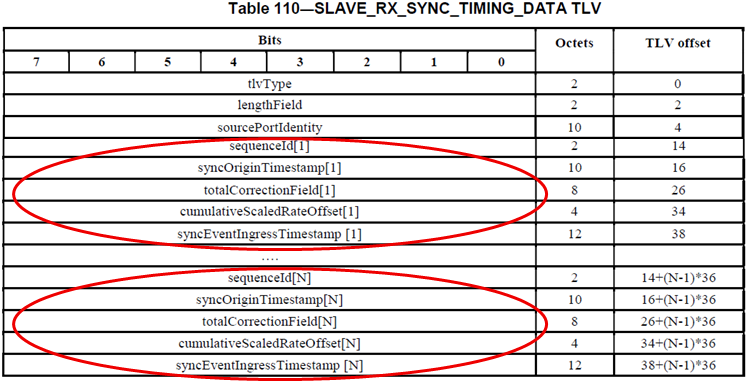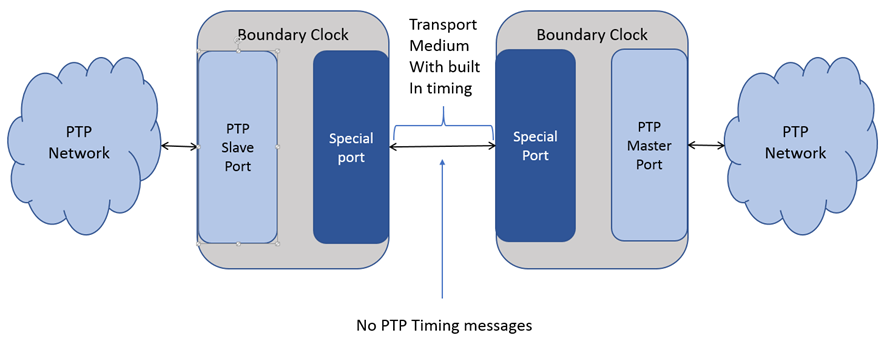
What is changing in the IEEE1588 Revision?
Gordon Muir (Deactivated)
Owned by Gordon Muir (Deactivated)
Mar 13, 2019
2 min read
Loading data...
Overview
This is not a new version!!!!
- This is not IEEE1588 v3, it is v2.1
- Everything that works with IEEE1588-2008 today will work IEEE1588 v2.1
IEEE1588-2018 will be a set of new, optional features asked for by particular industry groups:
- Slave Event Monitoring
- Special Ports
- Mixed Multicast/Unicast Operation
- Modular Transparent Clock
- Security
- Inter-domain interactions
- Profile Isolation
- High accuracy features (based on White Rabbit from CERN)
Slave Timing Measurement
Provides a way of monitoring the status and time at a slave clock
- Useful for slaves that have no separate timing output
Slave reports a TLV containing the timing of event messages relative to the slave local clock time

Special Ports
Interfaces PTP to timing ports on other technologies
- Examples: 1pps/ToD, Microwave, WiFi, EPON

Note: Diagram taken from Doug Arnold's presentation at ITSF 2017 (Meinberg)
Other Interesting Features
Mixed Multicast/Unicast Operation
- Sync, Announce messages are multicast
- Delay_Request, Delay_Response are unicast
Modular Transparent Clocks
- Separate “ingress” and “egress” TCs, e.g. built into SFP modules
Security TLV
- Uses PTP over IPsec and MACsec
- Security TLV can be attached to any PTP message
- Key exchange details outside the scope of IEEE1588
Inter-domain Interaction
- Allows creation of robust synchronization networks by using three or four separate clock domains
High Accuracy PTP
- Based on CERN’s “White Rabbit” extensions to PTP
- Achieves sub-ns phase synchronisation over a LAN
- Couples the physical-layer clock with the PTP flow
- Manually configured port states
- Requires link asymmetry calibration using a “Golden Calibrator”
- Not scalable to wide-area or telecom networks
